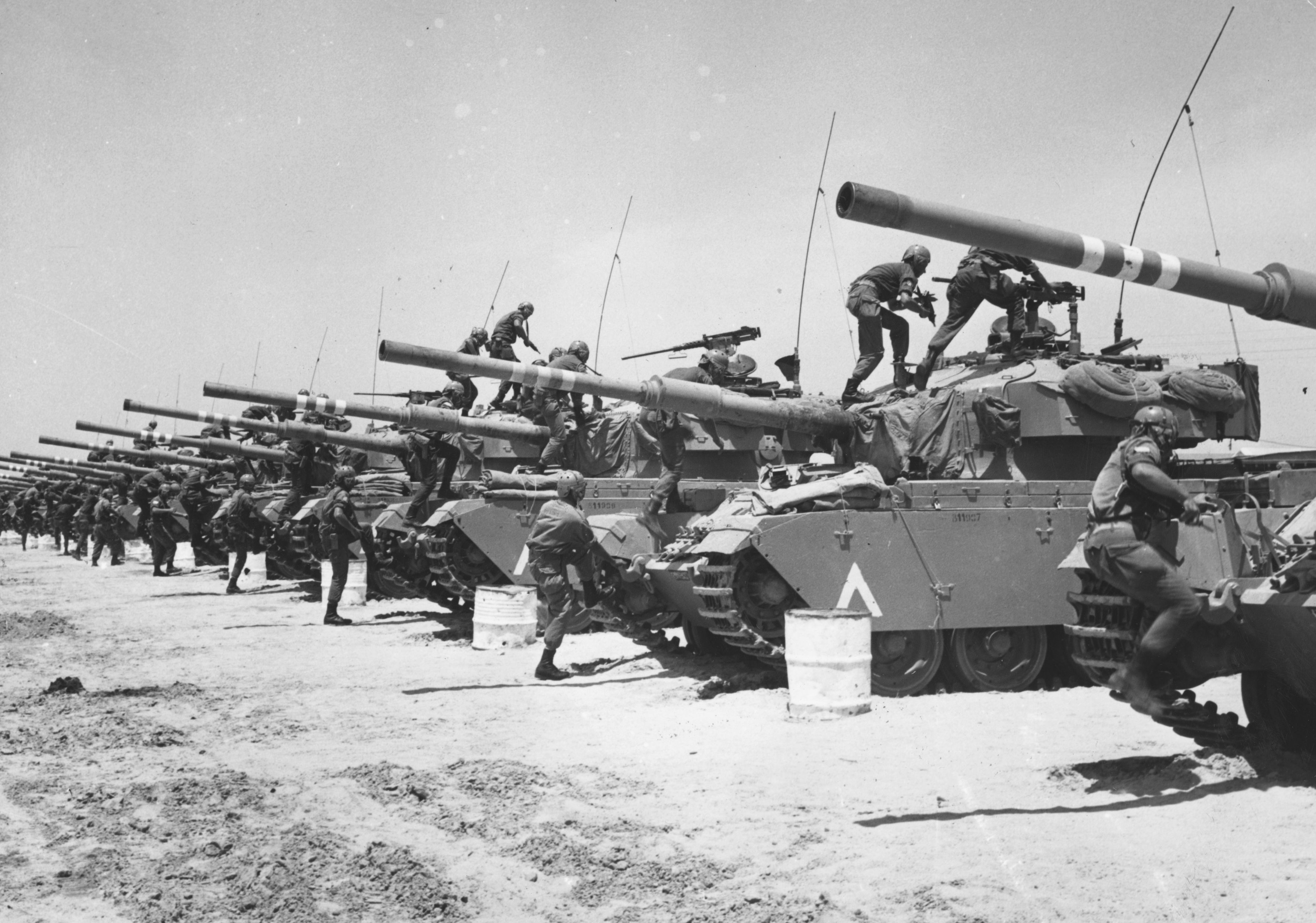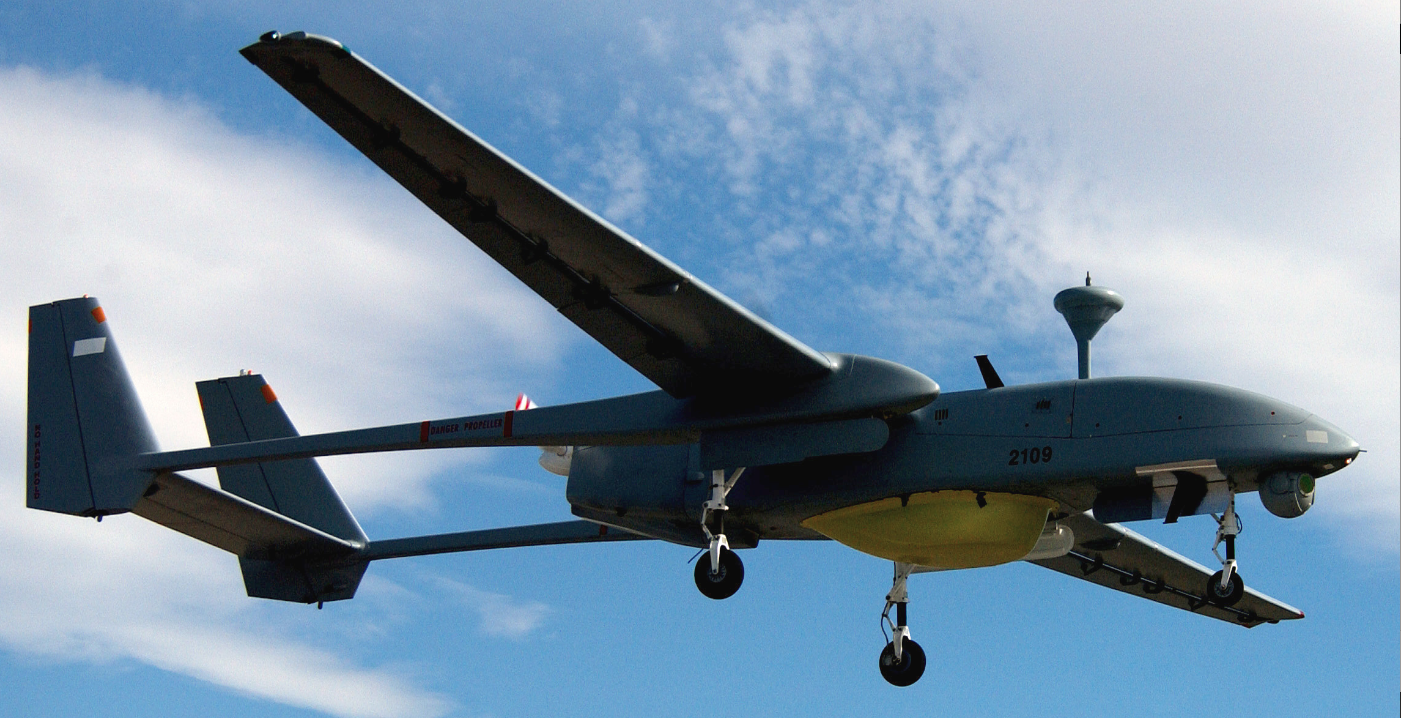Grief and lament are common sentiments expressed when discussing the increasing size of the arms industry, its export activities, and its political clout in governments around the world. Though it is a phenomenon that has roots in the the 19th century, Eisenhower’s 1961 presidential farewell address speech gave the military-industrial complex a name and a shape that has served as a touchstone for opponents of militarism and its associated industrial expansion. As indicated in part one of this two-part series, this discussion is not meant to be political; it is not directed at why we should or should not have this state of affairs. Instead, it is intended to bring attention to the fact that the military-industrial complex has causal roots, and that understanding them can help us better deal with what it means in practice today and in the future.
In last week’s historical overview, I identified two structural themes that play a central role in upholding the current military-industrial-political order: the collision of geopolitics and economics in the context of the modernization of the nation-state. First, it’s important to point out that modernization, when referring to the state and government, refers to something specific. According to sociologist Max Weber, modernity is closely associated with “rationalization”, a process by which various fields of human activity become increasingly compartmentalized and institutionalized with rules and procedures that govern their practice. A consequence of this is the appearance of technocratic and managerial elites in government; specialists skilled in navigating specific parts of these complicated fields. Crucially, this has meant that “rationality” is often in the eye of the beholder: what is rational from the vantage point of one field may not be rational from the vantage point of another, let alone in the “big picture” of a policy initiative. Among other things, this makes the judgement or appraisal of an activity, such as defence procurement, a dubious and essentially political task manifest in shades of gray. Modernity, thus described, was key in managing coalitions of players in defense and industry, and essential to locking-in those relationships throughout peace-time.
Turning now to our first theme, geopolitics, one element worth pointing out has to do with contemporary abstract strategic planning. In 1979, Kenneth Waltz wrote a book called Theory of International Politics. Famous in the discipline of International Relations, this book systematized a foundational school of thought called realism. Waltz updated the seemingly rudimentary classical theory centred on the selfishness of human nature and the pursuit of power with his “structural” version, which centred on the global distribution of capability. Here, states are constantly concerned for their survival and always unsure about the intentions of their peers, including their allies. With no overarching authority to guarantee their survival, states must respond by ensuring they retain a defensive advantage over their competitors.
[captionpix align=”left” theme=”elegant” width=”300″ imgsrc=”http://natoassociation.ca/wp-content/uploads/2014/03/hires_130421-F-CJ989-007c.jpg”]
It’s important to remember that Waltz’ theory was intended to be descriptive in nature, rather than prescriptive. This school of thought, however, was important in making explicit the importance of high levels of defence spending, innovation, and procurement during peace-time. This is borne out in defence industry practice today, for example through air superiority fighter projects like the Lockheed Martin F-22 Raptor. Touted as the only “fifth-generation” air fighter in the world, it was designed with the explicit intention of being able to out-perform any enemy aircraft in existence today. Both Russia and China also have their own air superiority fighter projects underway, undoubtedly with the intention of competing with the F-22. It is notable that, in this case, these air superiority fighters were banned from export in order to keep the advanced technology out of potential enemy hands – even current allies.
Our second theme deals with economics. The transformations brought on by a consistently available market for defence technology has produced intense political demands for consistent defence spending. Military Keynesianism, a term adapted from the macroeconomic thinking of economist John Maynard Keynes, calls for defence spending in order to stimulate the economy. Government stimulus in the defence sector is known to have important effects on employment, and to produce spillover “multiplier effects” that increase overall consumption. Naturally, in order to reap these benefits, constituencies seek the investment of defence contracting firms, which has meant that the supply chain for a single procurement effort is spread across an entire country, and in the case of the Defence Development Sharing Agreement between Canada and the United States of America, international borders. It becomes politically problematic to oppose defence production contracts when doing so threatens jobs in a representative’s constituency.
[captionpix align=”left” theme=”elegant” width=”300″ imgsrc=”http://natoassociation.ca/wp-content/uploads/2014/03/capitol.jpg”]
This snapshot helps to explain what keeps the dependent relationship between policymakers and the defence industry in place, but what can it say about the future? A persistent market created by the state for defence technology is the fundamental component for the continuation of this phenomenon. As NATO defence spending continues to decline, this market is showing signs of stress. If this trend continues, research and development activity traditionally reserved for the defence sector could be diversified for civilian uses, as is the case with Google’s recent acquisition of a string of military robotics companies. However, our rudimentary model would suggest that even if this state of affairs became permanent, it would need to be coupled with changes to geopolitical discourse, and the way economic benefits are distributed to see marked change in the military-industrial complex.
This short discussion has helped to show that we come by the military-industrial complex quite honestly, given its history and the structural forces that perpetuate it. Without dismissing the important political questions about its desirability, it has also demonstrated that it is possible to talk about this state of affairs with a more neutral disposition, to establish its causes and its historical direction through time. The wisdom of Eisenhower’s warning lay in his recognition of a dangerous political and economic force whose stewardship must be monitored by, in Eisenhower’s own words, “an alert and knowledgeable citizenry”.




